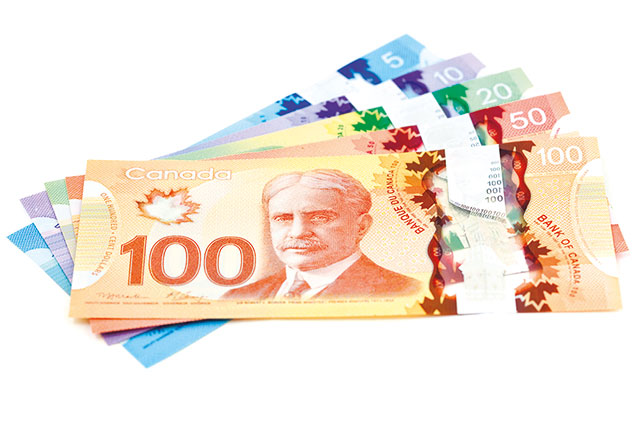
The Canadian dollar, nicknamed the loonie, has spent most of the past two years clambering back from long-term lows against its US counterpart. But now it has hit the skids again. It has been the weakest major currency against the greenback in 2018, slipping by about 3% to a nine-month low around CAD1.30.
Donald Trump has threatened to pull the US out of the North American Free Trade Agreement (Nafta), which he blames for increasing America’s trade deficit and destroying jobs. This year has seen the three signatory countries, the US, Canada and Mexico, begin negotiations to overhaul the deal. Ottawa has been making conciliatory noises, as it “has ample reason to bend”, as Tom Buerkle points out on Breakingviews.
Exports to its two Nafta partners totalled $284bn in 2016, or 18% of economic output. For the US, the figure is just 3% of GDP. The US takes 75% of Canadian exports. If Nafta collapses and the three countries revert to World Trade Organisation rules, Canada’s growth rate could fall by 0.7% in the first year, according to one estimate. A hit to growth would prompt the Bank of Canada to reduce interest rates, making the yield on Canadian assets less appealing and weakening the currency.
The Nafta imbroglio comes at an awkward time. Growth is gently declining, with the fourth quarter registering an annualised increase of just 1.7%. “Oil and vehicles, Canada’s biggest exports, are both declining,” says The Economist. Car manufacturing “never fully recovered from the 2009 recession, while the US shale surge is reducing US imports of Canadian oil. America’s decision to slash its corporation tax to 21%, far below the average Canadian rate of 27%, may be hampering US investment.”
Consumers are maxed out
Another key problem is that consumers have gorged themselves on debt, leaving no scope for higher household spending to bolster growth. The household-debt-to-disposable-income ratio has eclipse 170%, a new record. Household debt is worth 100% of GDP now. There is also “a virtual tsunami of Canadian mortgage refinancings this year”, says David Rosenberg of Gluskin Sheff. Many will be refinanced at interest rates up to 1% higher – at a time when the proportion of incomes being spent servicing mortgages is already at a 22-year high.
It’s not just households carrying extra weight. Non-financial corporate debt is now worth 70% of GDP, some way beyond the 55% typical of previous cyclical peaks. So don’t just blame Nafta for keeping the Canadian dollar weak. And don’t expect a quick recovery. With speculators still net long, there is no prospect of a short-covering rally in the near term.